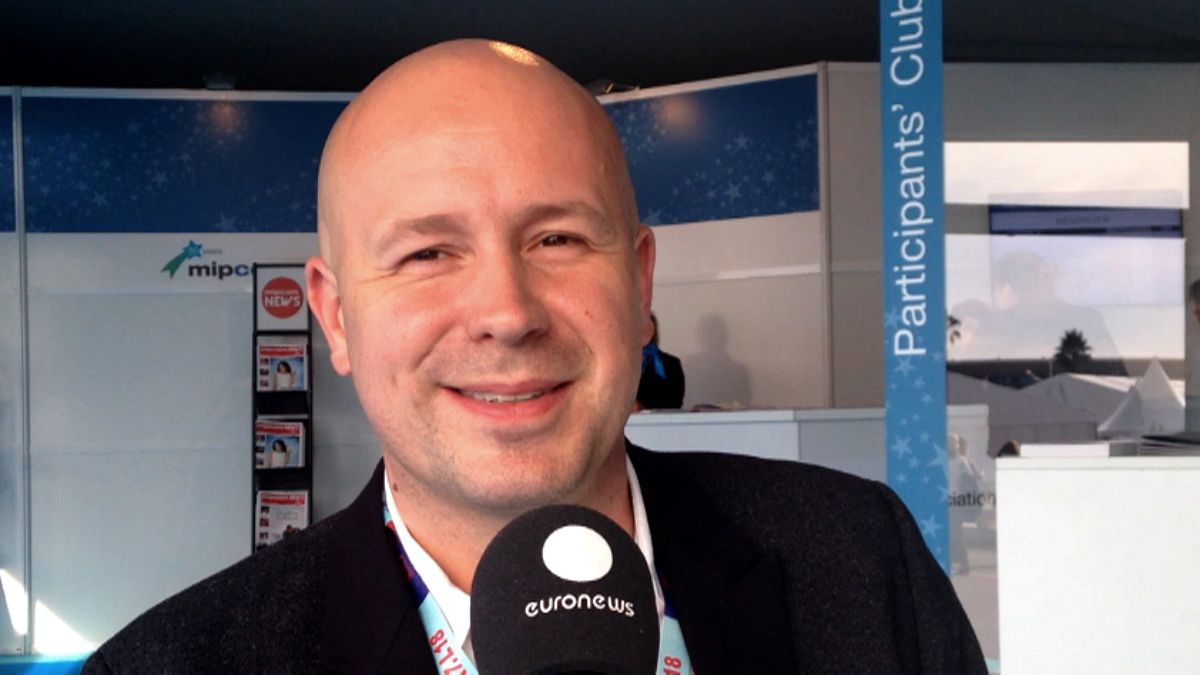Sam Toles has recently been appointed vice-president and head of Content Acquisitions and Business Development. He tells us more about Vimeo and how it is a digital distribution platform unique in its own genre.
Is YouTube your nemesis?
Sam Toles: Actually I am a big fan – personally – of YouTube. But we are very different. In our mind, it’s not Vimeo versus YouTube because what we do is very different. Ultimately we are both working on empowering the creative community to take their destiny into their own hands.
We have been encouraging a lot of people, who have built an audience on YouTube but have leveraged YouTube’s very significant and impressive ad-monetisation model, to think about their content in a traditional windowing context.
In other words, if you are a YouTube creator who has developed a large fan base for content and you’re selling calendars and T-shirts and other merchandise, it makes sense to create longer-form content that you can sell to that audience on Vimeo. And ultimately, in many instances, we have seen YouTube creators literally double their revenue. Because what they do after a short exclusive window that they have to sell and monetise the content, is that they then take that content and repurpose it on YouTube and serve it up to their fans who live there.
“YouTube and Vimeo logically can live in the same universe”
Sam Toles, vice-president of Vimeo and head of acquisition and business development
So by skimming off the top layer of their most passionate fan base which wants early access, they can charge money for that and transaction away but still continue to leverage the advantage of working with YouTube and advertisement. Just like a traditional film company uses the theatrical then the transactional followed by SVOD [subscription-supported VOD] and ultimately AVOD [ad-supported VOD] and platforms such as Hulu and YouTube to monetise.
YouTube and Vimeo logically can live in the same universe. We don’t see what they are doing as being inherently and overly aggressive. There is no competition; we see our worlds living very synergistically and empowering creators, both Vimeo creators that use YouTube to ad-monetise and YouTube creators that use Vimeo to monetise transactionally.
Monetisation was introduced quite late, in 2013 only. Was it a request from your users?
Sam Toles: It was a request from our pro users who pay Vimeo a subscription fee. They frequently requested that we created a tool for them to sell directly to their consumer base and this is how the idea of video on demand came to being. It was a response to our community saying “this is a tool that we really want”.
And it comes in the interesting place we are in. We are the only open platform that allows individual creators as major companies to sell their content directly to their audience. Platforms such as iTunes and Netflix and Amazon are closed environments: you go in and you are only in that environment.
On Vimeo it is the benefit of having a digital retailer but also connected to the open platforms. So you have the amazing, beautiful content uploaded by users all across the world that people know Vimeo for. Individual creators can now leverage that amazing audience that we have and our high-quality video player and technology.
For example, a short film on iTunes is generally sold for $1.99. On Vimeo, creators can sell them for up to $10, $15. We have examples of this where people have made close to $100,000 selling short films just on our platform. This is very unheard of. But when people are passionate fans of a particular piece of content it deserves a higher price point and we provide that flexibility.
We allow our creators who interface with us to choose their price point, to choose their territory to sell it in, to choose the look and feel of their store; we give them the ability to take that technology and embed that in their own website. Sometimes we even help creators build a website around their content to promote social networking around their films.
So it’s empowering creators, should they be individuals or more traditional content companies, such as Entertainment One for instance.
How important is curation to you, as Vimeo is just one other drop in the ocean of online content?
Sam Toles: Curation is one of the most sacred elements of Vimeo. Neither I as vice-president nor our CEO has the ability to influence our curation process. In other words I cannot go and say to our curation team “here is a film that you should put in our staff’s picks”.
Our curation team live in a high-walled and protected environment. Literally, all they do all day long is watch content from Vimeo and then decide collaboratively. They talk together, the entire curation team, share content, surface films for one another and then collectively decide that this film is worth a staff’s pick badge. And this is our highest honour; this is the equivalent of the Oscar for Vimeo. We really take that seriously, in the same way the Academy Awards cannot be influenced, we have the same approach at Vimeo. So you know that the content that goes in our staff’s picks is genuine, authentic and has a real voice and personality.
Sam Toles tells us about his time at MIPCOM this year:
(function(d, s, id) {var js,ijs=d.getElementsByTagName(s)[0];if(d.getElementById(id))return;js=d.createElement(s);js.id=id;js.src="//embed.scribblelive.com/widgets/embed.js";ijs.parentNode.insertBefore(js, ijs);}(document, 'script', 'scrbbl-js'));


